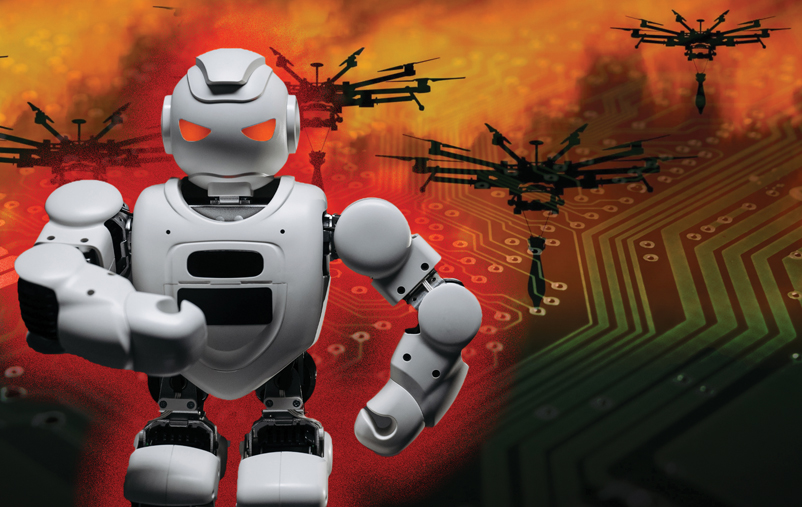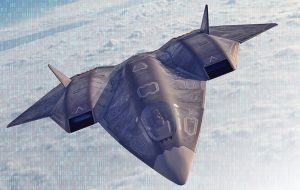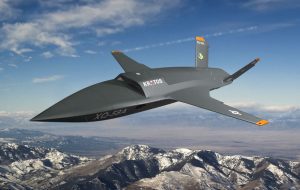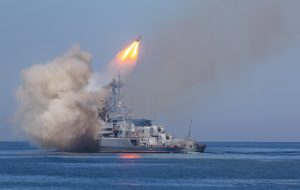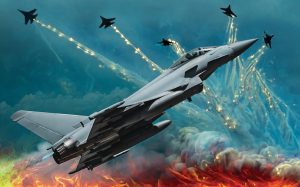Information warfare is expected to evolve significantly in the future with the advancement of technology and the increased reliance on interconnected digital systems, especially with the growing amount of information exchanged between countries, institutions, and individuals, which leaves these systems vulnerable to hacking, manipulation, and theft. Moreover, the electronic exchange of information will witness a significant increase in importance and complexity according to some potential scenarios, such as cyber intrusions and espionage, which will also see an increase in the number and complexity of cyber attacks on the critical systems of nations and institutions.
As a result, governments, extremist groups and criminal organizations are expected to employ advanced techniques to infiltrate and steal sensitive information and manipulate it.
In this regard, military experts believe that advanced cyber weapons may be developed to target vital systems and infrastructure of nations, including attacks on electricity, water, transportation, communications, and more, leading to significant disruptions and negative impacts on daily life and the economy. Furthermore, on the level of misinformation and deception, media and information manipulation techniques may be used to create chaos and tension, influencing public opinion and decision-making. This enables the orchestration of disinformation campaigns and the dissemination of fake news to impact government and military policies and strategies.
Simultaneously, the digital space will be exploited in attempts to extort and hack it. Companies and institutions will be targeted to obtain financial ransoms in exchange for the recovery of stolen data or to prevent its release.
Digital media and social networks will also be utilized in media warfare and psychological influence on public opinion to form alliances, create divisions, and escalate tensions, shaping a particular narrative about events and participating parties in the conflict.
Artificial intelligence (AI) and machine learning will also be leveraged for data analysis, behaviour prediction, and the development of offensive tools.
AI and machine learning will have a significant impact on the nature and form of future wars by enhancing military capabilities and enabling the development of AI-equipped machines for real-time information analysis and decision-making, providing armies with greater preemptive capabilities and higher efficiency.
AI can also analyze massive amounts of data and provide strategic insights to military leaders, enabling them to make more effective and informed decisions. Additionally, it can be used to develop advanced cyber weapons capable of intelligently identifying and exploiting weaknesses in security systems.
Furthermore, AI and machine learning can play a crucial role in intelligence gathering, information extraction, data analysis, and predicting potential enemy behaviour. Thus, there will be an effective and advanced reliance on robots and autonomous military systems capable of independent fighting and decision-making, employed in reconnaissance, offensive operations, and the protection of vital assets.
Among the expected scenarios for future warfare, experts believe that one will rely on digital psychological aspects. Psychological warfare and online psychological influence techniques will be employed to influence societies, create chaos, and escalate tensions.
This will be achieved by relying on personal data collection and analysis to launch targeted media campaigns that influence individuals’ behaviours and actions, moreover, fake news and misleading information will be used to manipulate public opinion.
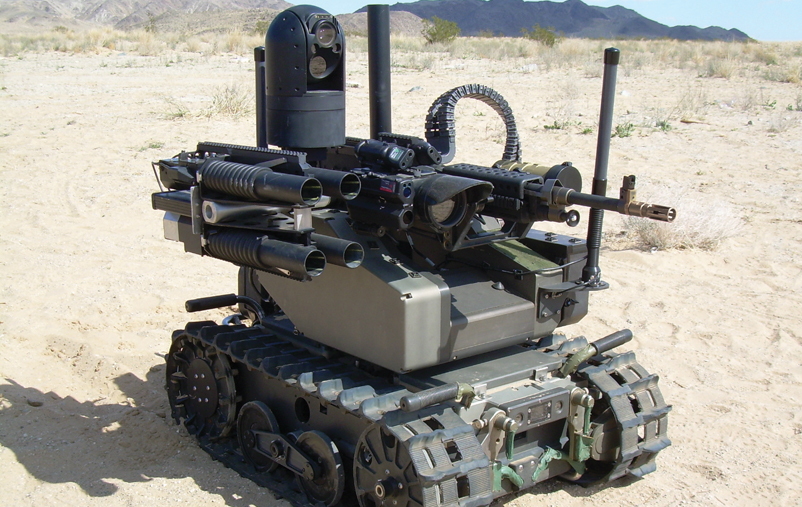
Scenario engineers for future wars… who are they? What are they planning?
Identifying future war scenarios relies on a diverse range of expertise and sources. Additionally, several parties may play a role in developing future war scenarios, including:
Military experts and intelligence analysts: Developing scenarios for future wars relies on the analysis of military experts and intelligence analysts’ assessment of potential threats and geopolitical transformations and their impact on the military level as well as their study of the political, economic, and social changes that affect international relations and potential conflict trends.
Additionally, experts study new military technologies and innovations and analyze how they can influence the nature of future wars and their strategies. However, they also examine previous military scenes and military history to understand patterns of conflicts, their evolution, and their impact on future strategies and tactics.
Experts utilize intelligence analysis to understand the military capabilities of different parties and predict their future developments. This future is envisioned through analyzing long-term trends and potential shifts in areas such as technology, demography, and economy, and how these transformations can impact wars and their strategies.
Academics and researchers: Researchers and academics in fields such as cybersecurity, political science, and technology study potential trends and developments in information warfare.
This requires reviewing literature and previous studies related to wars and armed conflicts to understand historical patterns and potential future effects. To achieve this, they analyze strategic factors related to conflicts and wars, such as political, economic, military, religious, and cultural interests, to comprehend the motives and potential goals of conflicting parties in the future.
Thus, academic researchers create models and simulations of potential conflicts and wars using quantitative methods and mathematical modelling to estimate the potential impacts of various factors on conflict developments and outcomes.
Researchers also study technology and innovations related to the military sector and how they can affect future wars. They explore ways in which advanced technology and innovations can be used to change the nature of conflicts and strategies, relying on evidence and knowledge acquired from previous steps to develop possible scenarios for future wars, as well as different expectations and possibilities for political, economic, and military developments.
Government and Military Institutions: Military organizations and intelligence agencies analyze threats and develop possible war scenarios based on their information and intelligence.
These institutions evaluate potential threats and risks they may face in the future and analyze the military capabilities of other parties using available intelligence and information to understand future security challenges.
This includes assessing potential weapons, equipment, tactics, and strategies that may be used in the future.
Military experts in these institutions develop a strategic vision for the future and anticipate possible trends using strategic development models and scenario analysis to estimate how wars may change and evolve in light of expected developments.
Readiness and training programs for armed forces are developed based on advanced analysis and scenarios, focusing primarily on future military capabilities, force composition, and development to deal with anticipated future challenges.
Government military institutions encourage cooperation and collaboration with other institutions and partners.
Private Institutions and Security Companies: Private companies and cybersecurity providers play an important role in threat analysis and anticipating war scenarios in the digital domain. They work closely with governments or military institutions through consultation and collaboration, relying on their expertise and knowledge in the field of security and defence to provide guidance, analysis, and recommendations.
Similarly, security companies invest in research and development of new technologies and solutions to address future security challenges.
They develop models and simulations to test future war scenarios and evaluate the effectiveness of proposed solutions.
Moreover, the private sector and security companies analyze available intelligence and gather information to understand potential threats and anticipate future wars, relying on the information available and analyses to provide accurate and detailed scenarios.
They offer practical consultation strategies and recommendations to governments based on future scenarios, offering recommendations on tactics, equipment, and required training to address potential security challenges.
All these entities and experts rely on available information, analyses, and current trends to develop future war scenarios. While it is impossible to predict these scenarios with complete accuracy, it is possible to anticipate their nature and form.
Electromagnetic Weapons and Smart Robots in Future Wars
It is difficult to specify the exact names of programs and weapons that will be used in future wars, as the military field constantly evolves, and new technologies and weapons emerge. However, there are some concepts and technologies that may be common in future wars, such as unmanned aerial vehicles (UAVs) that will be used for reconnaissance, targeting, and aerial attacks. It is expected that this technology will evolve to include UAVs with greater and more diverse capabilities.
Military robots, including ground robots and combat robots, will also be employed. These robots can be used in hazardous missions to enhance military capabilities and work in collaboration with human forces to mitigate risks to human personnel. Electromagnetic weapons that utilize magnetic force and electric currents to generate destructive energy, such as lasers, will be used. Additionally, artificial intelligence technology will be predominantly utilized in data analysis, strategic decision-making, and the development of self-defence and security systems.
Experts in the military field are working on developing wireless technology, systems, and equipment that allow secure and efficient wireless information transmission and communication on the battlefield. They are also utilizing them to develop sensing, intelligence, and remote monitoring techniques to obtain up-to-date and accurate information about targeted areas. Of course, all these operations cannot be carried out without considering the topic of energy and its accompanying renewable energy technologies. Experts are constantly researching and developing innovative solutions to provide sustainable energy supply and storage to meet the needs of future military operations.
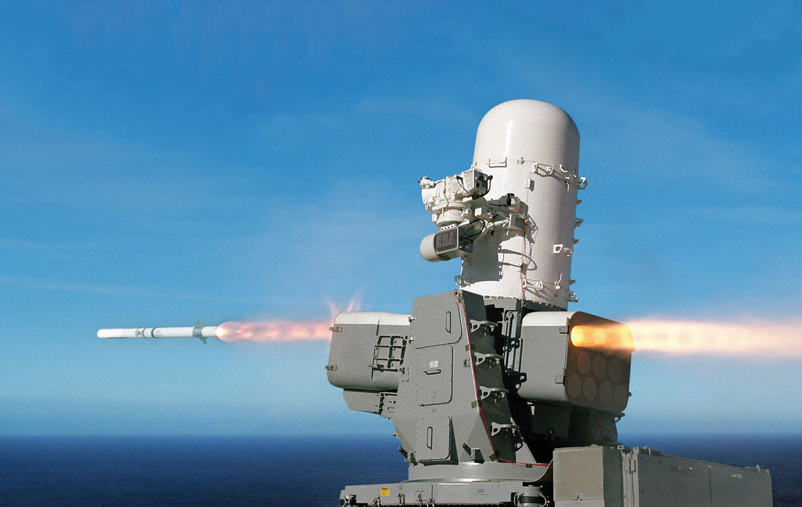
Future Wars and Counter-Confrontation Wars
With the increasing influence of technology, future wars will not be the same as they are now. The armies of major powers are preparing for these “super wars” of the future.
While many geopolitical analyses try to decipher the hidden codes of this conflict, what’s clear at this point is that the nature of war has changed, and so have its tools.
Though electronic warfare has become common knowledge and hybrid warfare strategies are taught in military academies, the question that haunts every major power is how to stay one step ahead by imagining the conflicts of tomorrow and knowing the methods of confrontation and resistance.
With the development of these methods and tactics, it is important to evolve psychological warfare strategies as well. There is a need for education and awareness regarding information analysis and reliance on reliable sources, as well as enhancing digital awareness and psychological preparedness to face the manipulation of future psychological wars. Countries and institutions will be forced to enhance information security, and cyber defence, and develop their capabilities in the field of analysis and response to cyber threats. Technical, political, and legal innovations will also be necessary to address these challenges and mitigate the effects of future information wars.
Defence systems are expected to evolve within the framework of future counter-confrontation wars to meet the changing challenges and threats.
Many defence systems are being explored and developed, including advanced air defence systems that involve the use of air-to-air and air-to-ground missile platforms, and anti-missile and anti-drone systems to counter enemy aerial attacks. Additionally, advanced ballistic defence systems are being developed to intercept and destroy ballistic missiles before they reach their potential targets. Defensive drones are also being developed, including the use of advanced systems to detect and destroy hostile unmanned aircraft.
Specialized task forces in counter-confrontation planning are also working on building cyber defence systems to detect and counter cyber piracy attacks and protect vital infrastructure and computer networks from cyber threats.
This includes advanced naval defence systems that utilize frigates, submarines, and advanced maritime platforms to protect coastal areas and prevent enemy incursions. Furthermore, this includes integrated defence systems that rely on multiple technologies such as radar sensing, electromagnetic signals, thermal imaging, and intelligent analysis to establish a comprehensive defence system capable of dealing with various threats.
Experts also believe that the strategy of counter-confrontation wars in the future may vary depending on the strategic context and potential threats. However, there are some approaches and concepts that may be included in the strategy of future counter-confrontation wars, the most important of which is the ability to respond quickly, as counter-forces must be able to deal with threats rapidly and effectively, which requires appropriate training and preparation, using advanced technology and modern techniques to detect and counter threats effectively.
This involves activating innovative defence systems such as network defence, which requires building integrated defence systems consisting of multiple layers and relying on interconnected networks to exchange information and enhance operational efficiency, to achieve a strong and diverse response to threats, including the ability to counter information and cyber attacks. International cooperation is also essential in the field of security and defence, as information, expertise, and coordination can be shared to confront common threats based on joint plans that primarily rely on intelligence and advanced reconnaissance to achieve counter-response capabilities, and the ability to gather and analyze information that helps identify targets and classify threats according to a clear strategy that can analyze capabilities, weaknesses, and threats, and continuously evolve to face new challenges that may arise in the future.
» By: Dr Faisal Fazarhi (Professor and Researcher)


